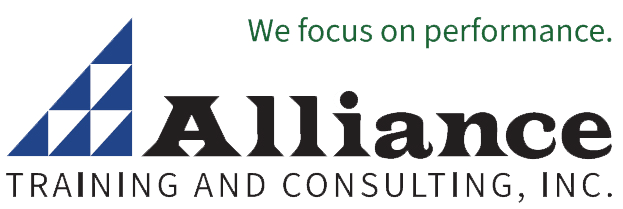Change Management Training Information
Understanding Change Management
When training managers in the change management process, it's helpful to view change as a journey through three core stages: unfreezing, implementing, and refreezing. In the beginning, the old process is ingrained in both the system and the mindset of employees.
To initiate change, managers must employ change process techniques to "unfreeze" outdated thinking and prepare employees for what’s ahead. This involves effectively communicating the change, outlining its benefits, and fostering communication skills to influence key discussions. Managers must also anticipate resistance to change, developing the necessary skills to guide employees through this phase.
The next phase is the implementation of the new process. Change management skills training for this stage focuses on leadership skills that help managers communicate the change, train employees on new techniques, provide coaching, and listen for signs of resistance as individuals adapt. Without proper training in this phase, managers may face frustration, extended delays, or even failure to implement the change successfully.
Training managers in leadership skills in the final step of the change management is critical. Finally, the refreezing stage solidifies the new process. Managers must recognize that, as inevitable challenges arise, employees may revert to old habits. To prevent this, managers must monitor progress, make adjustments when necessary, and continuously reinforce the benefits of the change. It's also important to celebrate small wins to maintain momentum.
Until the change is fully integrated and the new process becomes second nature, managers need to practice the skills essential for each stage. Our change management seminars and workshops equip managers with the tools, strategies and techniques necessary to guide their teams through each step of the change process smoothly.
Three Keys to Managing the Change Process Effectively:
1. Prepare for change
Build a strong base for managing change. It's not about theories. It is about planning practical approaches that will build buy-in and impact how people go through change. You must have a foundation for effective change management and develop a model for change.
2. Create change
Remember change is a process - not an event. Create a workable change management strategy that includes specific steps to:
- Communicate change needs
- Develop change sponsorship
- Provide training required for change
- Coach individuals through change
- Effectively manage resistance to the change process
3. Reinforce the change
Create a process to measure the effectiveness of the change management process, overcome obstacles, and celebrate the success of change implementation.
(Explore all of our Change Management courses, seminars and workshops.)
Benefits of Change Management Training
- Deliver a unified change message
- Create employee buy-in of the benefits of change
- Reduce confusion and downtime that can accompany change
All Alliance programs are customized to fit your organization's unique requirements. Plus, our training is 100% guaranteed. We will make certain your training targets your people and your organization's needs.
